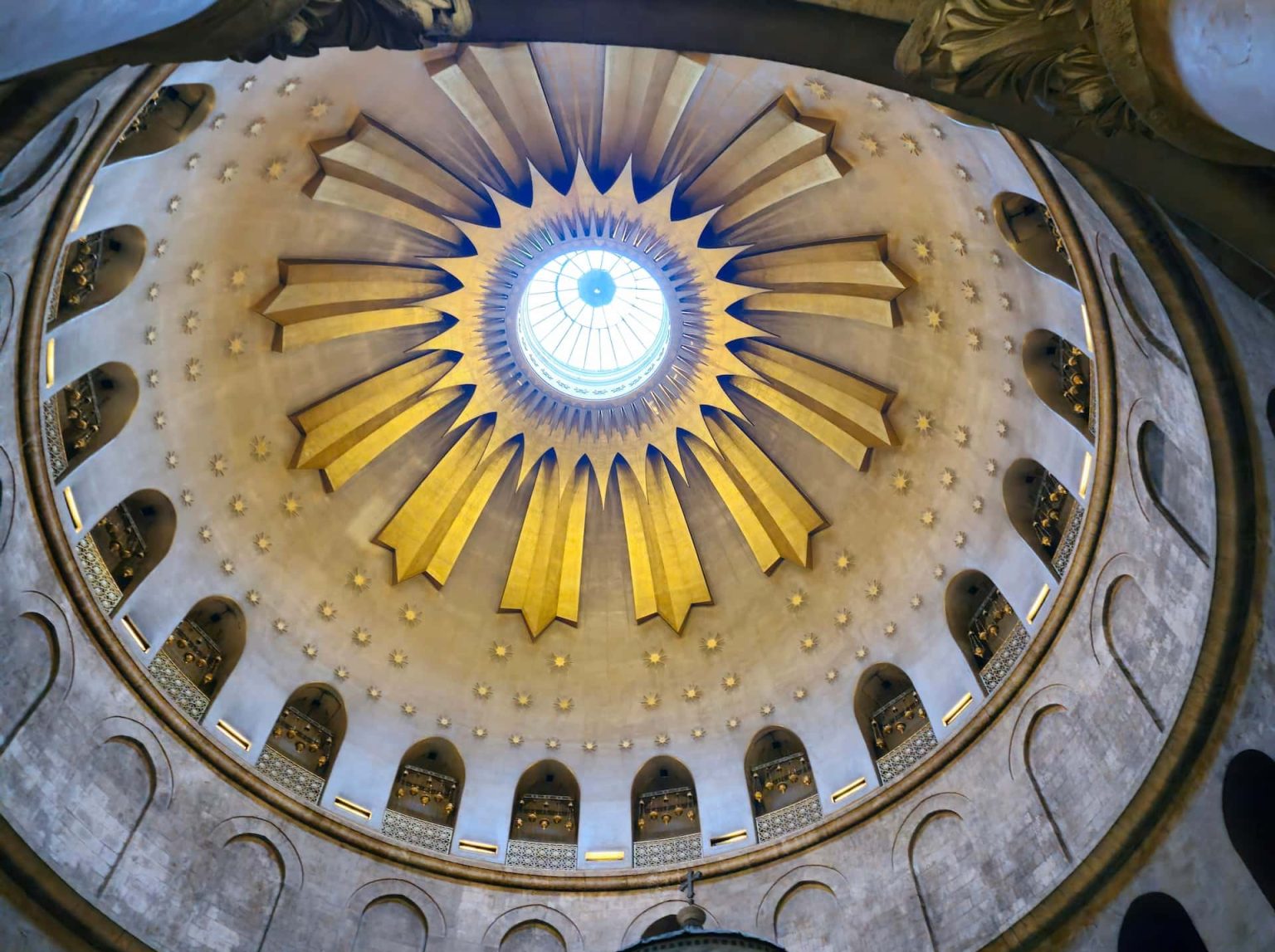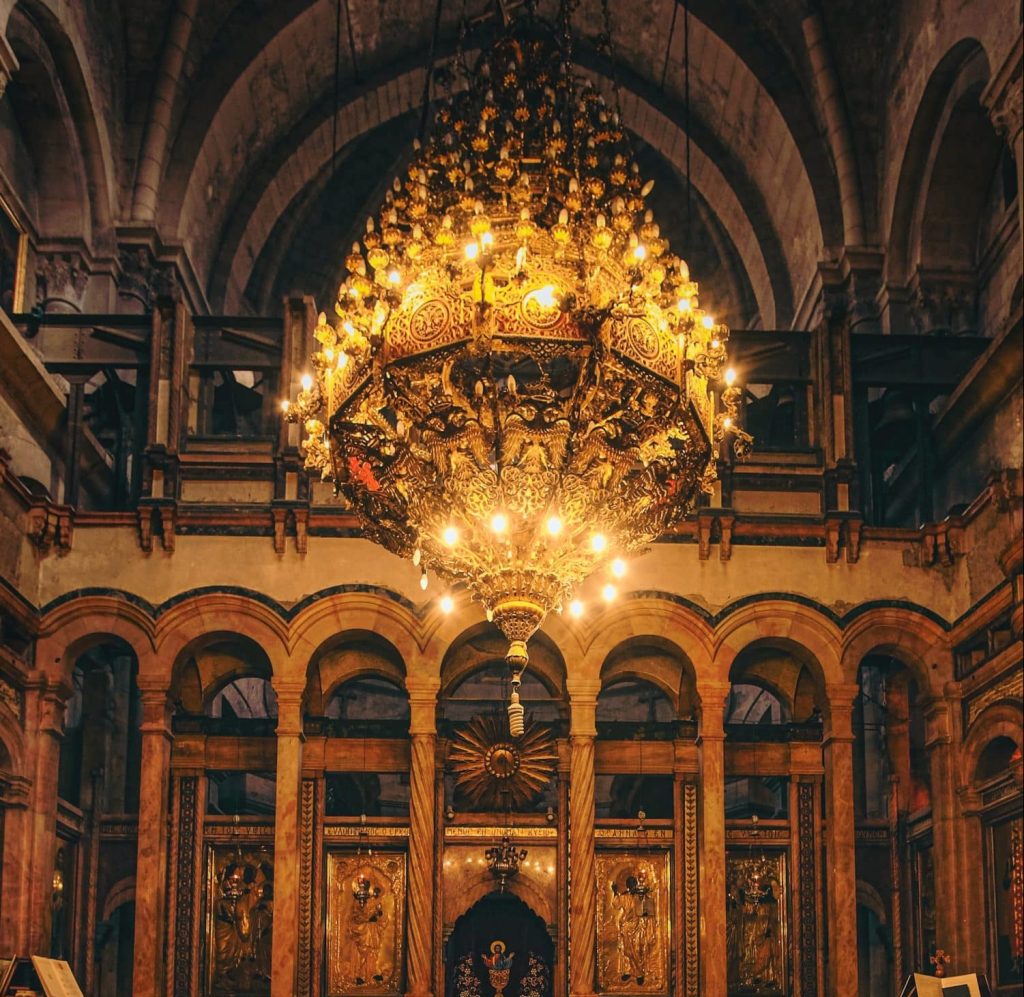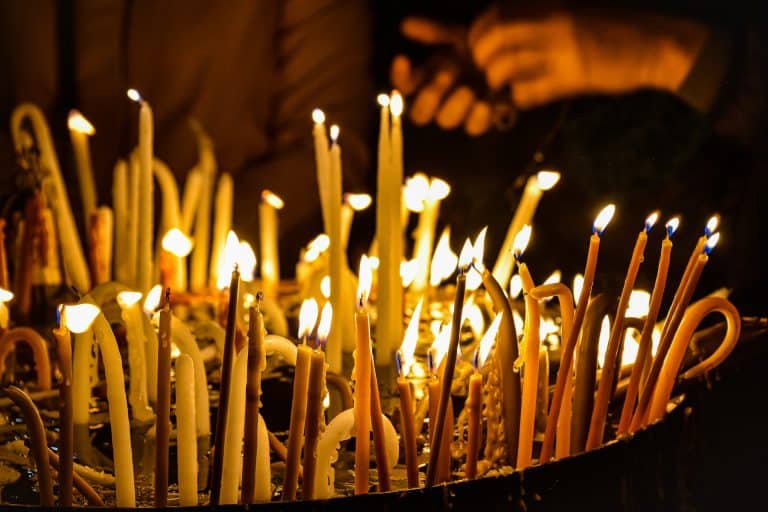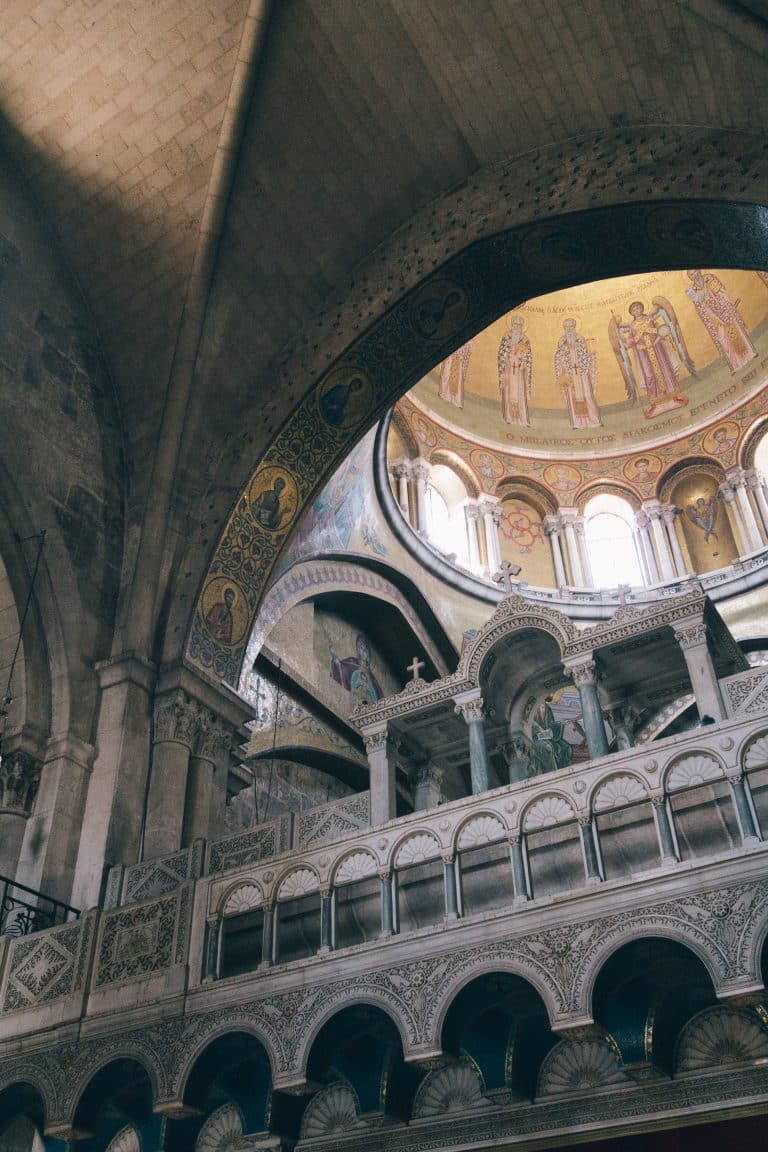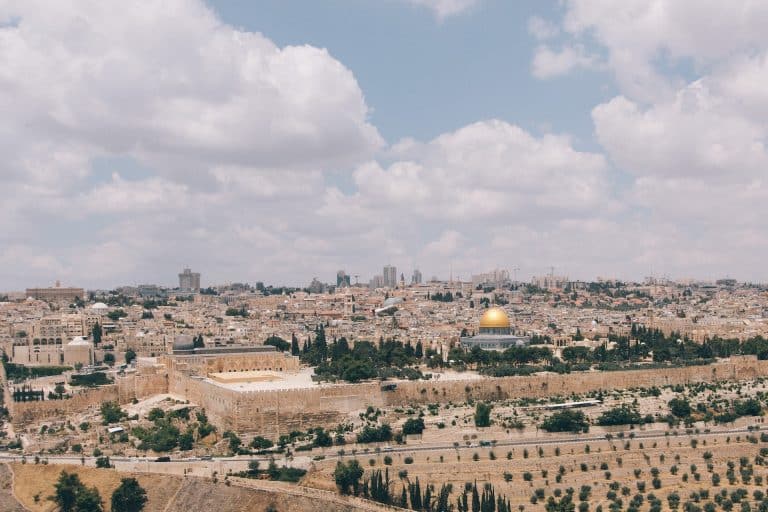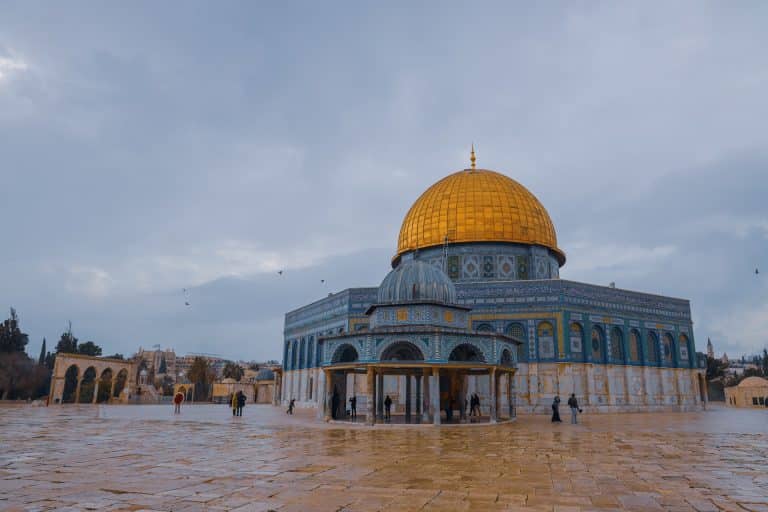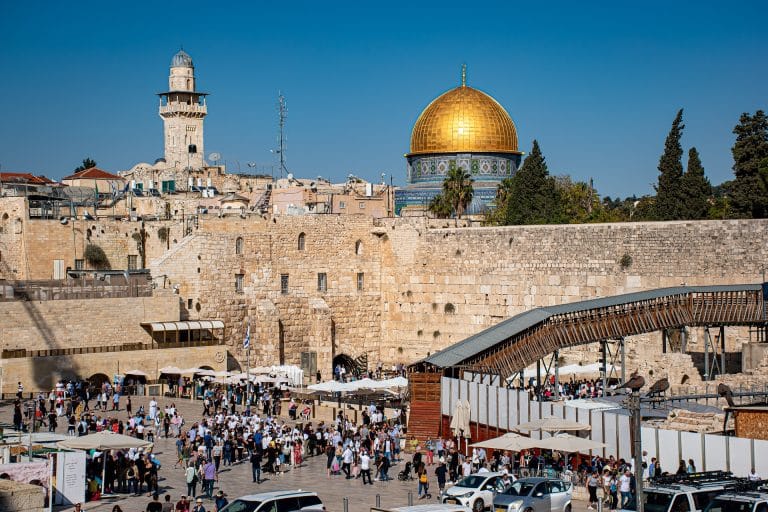The Church of the Holy Sepulchre, located in the Christian quarter of the old city of Jerusalem, is one of the most holy and important Christian sites in the world. As a site that draws millions of visitors and pilgrims worldwide, it is truly one of the must-see sites in Israel and Jerusalem in particular. Here’s all of the important information about your visit to the Church of the Holy Sepulchre.
The importance of the Church of the Holy Sepulchre
This is the place where, according to Christian tradition, Jesus was crucified on Passover Eve by the Roman soldiers after his morning trial by Pontius Pilate, the Roman procurator of Judea. He died on the cross and was buried and resurrected here, less than two days after his death. Many sites in the Christian world receive the meaning of their holiness from their connection to the Church of the Hole Sepulchre, and the sites of the church such as Calvary and parts of the Via Dolorosa have been replicated in many churches and throughout the Christian world. The culmination of a pilgrimage is touching and praying at the sites inside this church.
The end of the “Via Dolorosa” is within the boundaries of the church, where the last stations on the path of Christ’s suffering are located – from the ninth station to the fourteenth station.
The History of the church
After the Bar Kochba Revolt, in 136 AD, Jerusalem’s Jewish and Christian residents were exiled from the city. Then, Jerusalem was was rebuilt as a Roman city, called Aelia Capitolina. The emperor Hadrian, who wanted to commemorate the holy place for Christians, established a Roman forum with a pagan temple in the Calvary, which was a landmark that later helped Christians identify the tomb of Jesus.
In 326, Helena, the mother of Constantine, Caesar of Byzantium, who made Christianity the state religion of the Roman Empire, arrived in Jerusalem. According to Christian tradition, she is the one who discovered the remains of the cross on which Jesus was crucified inside a cave. Then, Ceasar Constantine ordered a church to be built on the tomb, which would surpass any other church in the world in beauty and size. For ten consecutive years, from 326 to 335, its construction continued and it was inaugurated in a highly impressive ceremony with the participation of a large crowd that flocked to Jerusalem.
In May 614, Jerusalem was conquered by the Persians, who had set The Church of the Holy Sepulchre on fire, and took the remains of the True Cross as booty. In 628, the Christian ruler Heraclius defeated the Persians, and the cross was returned in a triumphal journey to Jerusalem. The church was restored but did not return to its former glory.
On July 15, 1099, the Crusaders conquered Jerusalem and expelled the Muslims from the chruch. They restored the church, and for the first time gathered the important church sites under one roof. The restoration took many years, and only in 1149, on the anniversary of the Crusader conquest, was the renovated church inaugurated. Considerable parts of this building still exist today.
When Jerusalem fell to Saladin in 1187, the cross on the dome of the church was removed and its bells were broken. Since then, the Church of the Holy Sepulchre had been renovated and had remained in a relatively good condition, with routine renovations being done here from time to time.
Visiting the Church of the Holy Sepulchre
The Christian pilgrims’ journey to the Church of the Holy Sepulchre leads through the Via Dolorosa, which leads you through the path where Jesus carried the cross on his back, from the place of his trial in the Praetorium to the place of his crucifixion at Calvary. Here are the major sites to see inside the incredible church.
The Stone of Anointing
The Stone of Anointing, located at the entrance to the church, is the stone on which the preparation for Jesus’ burial was made after his death on the cross. The body of Jesus was placed on the stone after the crucifixion, and it is where his body was anointed with oil, and his body was wrapped in shrouds. The stone that can be seen today is a marble covering that was installed in the renovation after 1810, in order to protect the original stone.
Cavalry
Here on the hill that was outside the city limits during the 2nd Temple period, Jesus was executed by crucifixion after he had been sentenced to death by the Romans. The Calvary rock on which Jesus was crucified is today surrounded by an elaborate two-story structure – the hanging balcony of the Calvary, and the wall adjacent to the modern stairs that were erected after the cremation.
Up here, you’ll see 3 different chapels, which represent 3 of the 14 stations on the Via Dolorosa. To the right (outside the window) is the closed room where, according to tradition, Jesus’ clothes were removed (station 10) and in the mosaic on the right in front of you (station 11) you’ll see a Roman soldier nailing Jesus to the cross and Mary Magdalene crying over his fate. In another mosaic, you’ll see Jesus dying on the cross, which is station number 12.
Aedicule
The Aedicula building includes two spaces – one holding the Angel’s stone and the other being the Tomb of Jesus.
The first chapel commemorates the meeting of Mary and Mary Magdalene with the angel who announced to them of the resurrection of Jesus. In its center stands an altar made of stone. According to Christian tradition, this is the stone that blocked the original tomb cave.
The walled chamber of Jesus’ tomb has 43 lamps burning day and night, as 13 of them represent the Latins, 13 belong to the Greeks, 13 are of the Armenians, and 4 are of the Copts. The tomb is covered with a marble slab and above it are three reliefs symbolizing the resurrection of Jesus

